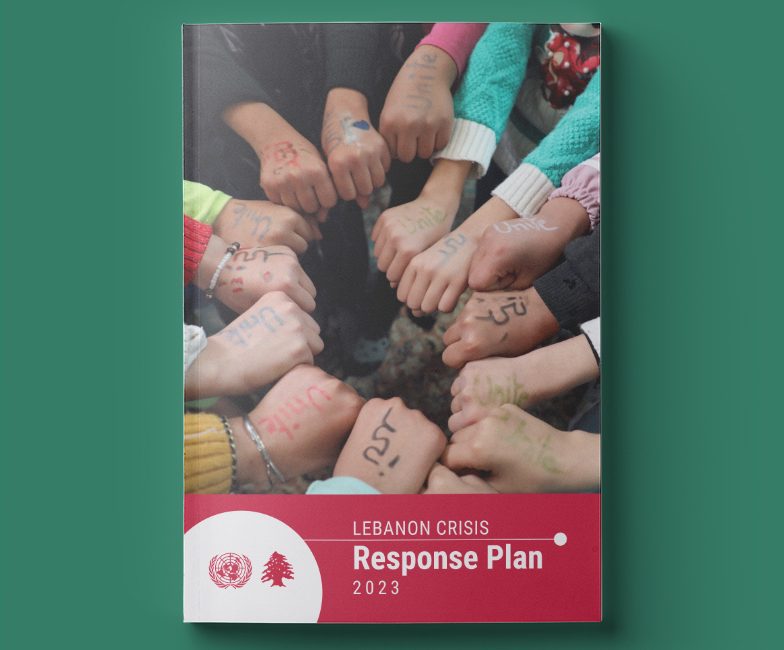More than 12 years since the start of the conflict in Syria, Lebanon remains at the forefront of one of the worst humanitarian crises of our time. The country hosts the highest number of displaced persons per capita and per square kilometre in the world and continues to demonstrate tremendous commitment and hospitality to displaced Syrians and vulnerable populations within its borders. Lebanon constitutes a unique case as a host country, further facing the devastating impact of the unprecedented economic, financial, social and health crises of the last few years. Lebanon hosts an estimated 1.5 million Syrians who have fled the conflict in Syria, along with 180,000 Palestine Refugees in Lebanon (PRL)[1] and 31,400 Palestinian Refugees from Syria (PRS). These populations live across all governorates in Lebanon. Since 2015, Lebanon has received over US$9.3 billion in support for displaced Syrians, vulnerable Lebanese, Palestinian refugees and public institutions under the Lebanon Crisis Response Plan (LCRP).
The assistance, which ranges across humanitarian and stabilization interventions, is made possible by donor contributions and implemented by humanitarian, Government, and development partners under the LCRP, along with the exceptional hospitality of Lebanese communities. It has brought substantial and vitally needed support across all sectors and has prevented an even greater deterioration of living conditions for the poorest groups.
Achievements under the LCRP and through the Government of Lebanon, to date, include: support to Lebanese public institutions and critical infrastructure, such as water and waste management; a wide range of initiatives helping municipalities address livelihoods and service provision for their communities and support to mitigate tensions at the local level; extensive cash assistance bringing life-saving support to the poorest groups while boosting the local economy; support to health centres and hospitals around the country; substantial advances in helping the Government of Lebanon enrol children in public schools every year; and contributions to a protective environment for vulnerable people, including an annual improvement in the registration of Syrian births.
The crisis in Syria continues to impact the situation in Lebanon, including in relation to the economy, institutions, and people across the country. Since 2019, Lebanon has simultaneously faced an unprecedented and multifaceted economic, financial, social and health crisis, that is likely to rank among the top ten most severe crises globally since the mid-nineteenth century, according to the World Bank. Vulnerable populations supported under the LCRP have been deeply affected by a sharp increase in socio-economic needs, gaps in critical supply chains and limitations on access to food, healthcare, education, employment and other basic services, while at the same time facing depreciation of the Lebanese Pound high inflation rates. 2022 saw fresh challenges compounding the crisis for vulnerable families, including an outbreak of cholera. The Lebanon Integrated Food Security Phase Classification (IPC) Acute Food Insecurity Analysis indicates that, between September and December 2022, around 1.98 million Lebanese residents and displaced Syrians were in IPC Phase 3 (Crisis) or above and in urgent need of humanitarian action to reduce food gaps, protect and restore livelihoods and prevent acute malnutrition.
In 2023[2], the LCRP will continue to respond to these challenges in a holistic, comprehensive and integrated manner through medium-term, multi-year planning to achieve the following strategic objectives: ensure the protection of displaced Syrians, vulnerable Lebanese, and Palestinian refugees; provide immediate assistance to vulnerable populations; support service provision through national systems and reinforce Lebanon’s economic, social and environmental stability.
